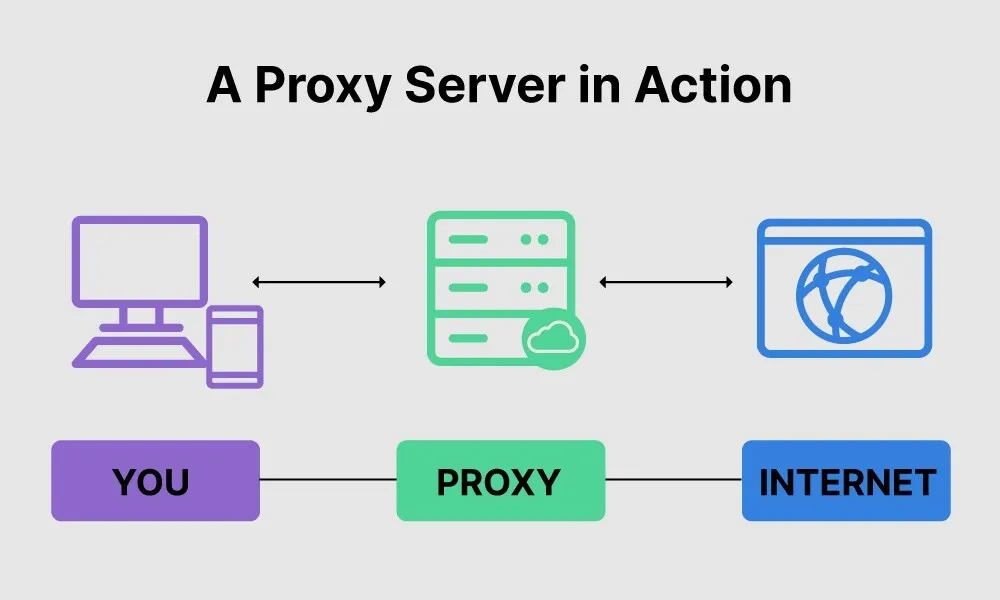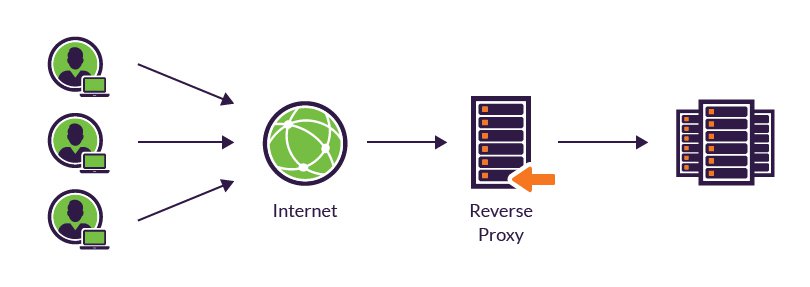Reverse proxy; as load balancer
Proxy
Let's start by exploring what proxy is; an infra that makes a request on behalf of a client(machine)
For Context when you want to visit www.google.com, a proxy can be set up to handle sending the request on your behalf. As far as google.com is concerned the proxy is the client This does not expose the actual client to the server(Anonymous), Its use case is generally for security purposes(blacklisting certain websites) but also can be used for Logging & Caching is also a thing

Reverse Proxy
With Reverse proxy, which is the inverse(opposite) of proxy where the client doesn't know the final destination of the request, this might be confusing
For Context from the example given above with google.com in the case of reverse proxy the request sent from the client is handled by the reverse proxy which will then direct the client request to another server(something like redirection) which is unknown to the client though And one of its uses case is Load balancing

Load Balancer
A load balancer is used to distribute a set of tasks over a set of resources to make the overall processing more efficient Load balancing can optimize the response time to avoid overloading nodes while other nodes are left idle. There are types of load balancers that I'm not going to dive more into, the main reason here is using Golang to build a Reverse proxy as a load balancer
Let's explore and take a look at this chunk bit by bit by building a reverse proxy first.
package main
import (
"log"
"net/http"
"net/http/httputil"
"net/url"
)
func NewProxy(targetHost string) (*httputil.ReverseProxy, error) {
url, err := url.Parse(targetHost)
if err != nil {
return nil, err
}
return httputil.NewSingleHostReverseProxy(url), nil
}
func ProxyRequestHandler(proxy *httputil.ReverseProxy) func(htt.ResponseWriter, *http.Request) {
return func(w http.ResponseWriter, r *http.Request) {
proxy.ServeHTTP(w,r)
}
}
func main() {
proxy, err := NewProxy("http://127.0.0.1:5000")
if err != nil {
panic(err)
}
http.HandleFunc("/", ProxyRequestHandler(proxy))
log.Fatal(http.ListenAndServe(":8080", nil))
}
This block of code is a reverse proxy server that listen on port 8080
and forwards this to port:5000